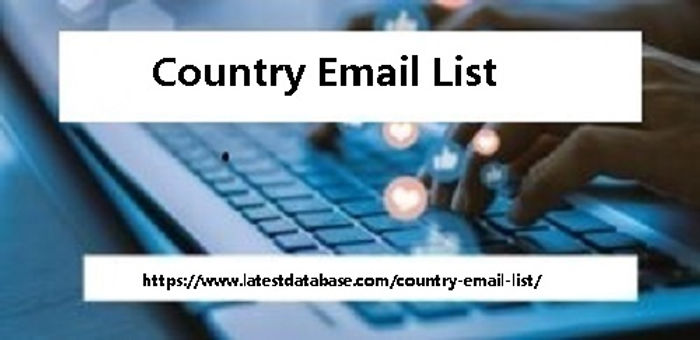Post by account_disabled on Mar 5, 2024 3:31:59 GMT -6
The website accessible to people with visual impairments. This includes not only blindness or partial vision but also other impairments such as color blindness. Screen reader compatibility It is vital that a screen reader can read your content. All textual information should be in text format and not contained in images. This mistake is especially common in sliders or header images where the text is inside the image rather than overlapping. A quick test is if you can highlight the text in the title with the mouse. If so then screen readers will most likely be able to read it.
Text winning can be highlighted in our headline. When we talk about headlines it is crucial to structure your content with proper headlines. Use to describe the entire page and use to divide the parts using to further divide these parts. This Country Email List helps screen readers understand the structure of the page. As a bonus it's also very helpful. Screen readers may also have difficulty identifying certain elements on the page. For example, does your date picker on the booking form support screen readers? Otherwise people with visual impairments may not be able to book through your website meaning it is inaccessible.

It's worth noting that any captchas on the form may also require audio alternatives. Alternative Tabs The only way a screen reader can understand an image using tabs is by telling it what it is. Screen readers can read labels aloud so people with visual impairments can still understand what the image is about. Labels need to be descriptive. Since tags are ranking factors it might be tempting to stuff them with keywords. However this makes the image unintelligible to people using screen readers which is certainly not best practice and we recommend avoiding keywords in tags. Take it into account when writing your tags Whether it helps users understand the image and its context. For example if the label.
Text winning can be highlighted in our headline. When we talk about headlines it is crucial to structure your content with proper headlines. Use to describe the entire page and use to divide the parts using to further divide these parts. This Country Email List helps screen readers understand the structure of the page. As a bonus it's also very helpful. Screen readers may also have difficulty identifying certain elements on the page. For example, does your date picker on the booking form support screen readers? Otherwise people with visual impairments may not be able to book through your website meaning it is inaccessible.

It's worth noting that any captchas on the form may also require audio alternatives. Alternative Tabs The only way a screen reader can understand an image using tabs is by telling it what it is. Screen readers can read labels aloud so people with visual impairments can still understand what the image is about. Labels need to be descriptive. Since tags are ranking factors it might be tempting to stuff them with keywords. However this makes the image unintelligible to people using screen readers which is certainly not best practice and we recommend avoiding keywords in tags. Take it into account when writing your tags Whether it helps users understand the image and its context. For example if the label.
